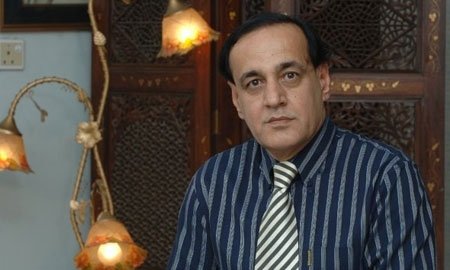Heatwave is going to grip most parts of the country and persist for a much longer period. Let us highlight the urgency of readiness. As the mercury begins its annual ascent, Pakistan is already grappling with the first heatwave of the season. While this wave may not yet match the ferocity of last year’s deadly surge — when, in June 2024, 568 people lost their lives, including 141 in a single day — it brings with it a familiar sense of dread. The summer is no longer just a change in season; it is a looming crisis. Yet another intense heatwave tightens its grip on Pakistan, stretching from Sindh’s parched plains to the capital’s shaded boulevards, the nation finds itself once again caught between climate reality and administrative complacency. With temperatures hovering above 40°C in many cities, and forecasts suggesting this will persist and recur over the coming weeks, the question is not whether Pakistan can withstand the heat — but whether it can survive the silence that surrounds its root causes. Pakistan’s climate narrative is no longer unfolding; it has arrived, with full force. What we face today is not an anomaly — it is a consequence. The unrelenting heat is not simply a seasonal inconvenience but a signal of deep systemic failure in how we engage with environmental policy, urban planning, and public health preparedness. This is not the first heatwave. Karachi still remembers 2015, when over 1,200 people died during a deadly spell of heat and indifference. That tragedy was supposed to be a turning point. Yet, nearly a decade later, we remain alarmingly unprepared. Heatwave alerts are now seasonal rituals. Makeshift shelters, water handouts, and advisory texts may help temporarily — but they are not a plan. They are patches on a festering wound. The NDMA has issued a timely alert. The PMD has forecast prolonged spells of high temperatures. However, what follows these statements? Where is the national heat action strategy, designed not just to inform but also to intervene — to redesign cities, protect informal workers, equip hospitals, and prepare communities? The problem, of course, is not just heat — it is governance under pressure. Pakistan’s urban expansion has been largely unregulated, its tree cover is dwindling, and the poor bear the worst of environmental mismanagement. In the sweltering informal settlements of Lahore, Karachi, and Multan, a ceiling fan is a luxury, and a bottle of clean water a daily struggle. The consequences of this inequality become most visible in a heatwave: dehydration, disease, and death are not evenly distributed. Climate change is no longer a distant worry for future generations. It is here, it is lethal, and it is escalating. Yet climate discourse in Pakistan remains largely reactive, reduced to high-level conferences and donor-driven projects. The voices of climate scientists, urban ecologists, and public health experts are still marginal in policymaking circles. We must ask how long we will remain content with coping mechanisms instead of systemic change. There is a desperate need to mainstream climate adaptation into local governance. Cities need cooling infrastructure — green belts, shaded corridors, heat-resilient public transport, and emergency medical facilities. We must integrate education campaigns on heat safety into school curricula and community programs. In addition, most crucially, the climate conversation must shift from elite boardrooms to the working-class neighborhoods that face its worst consequences. This heatwave, like others before it, will eventually pass. However, if we do not act now, the next one will return with greater fury and even fewer excuses. Pakistan is being scorched not just by climate change, but also by chronic neglect. The thermometer is rising — and so must our urgency.
Confronting Hate Speech in the Digital Age
Hate speech has never been confined to mere words; it is a potent weapon that can incite real-world violence, often...
Read more







